 W
WThe IEEE Centennial Medal was a medal minted and awarded in 1984 to persons deserving of special recognition for extraordinary achievement to celebrate the Centennial of the founding of the Institute of Electrical and Electronics Engineers (IEEE) in 1884. The medal was designed by sculptor Gladys Gunzer.
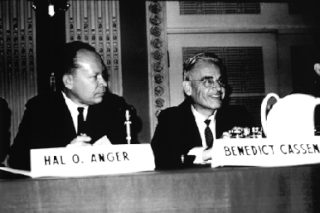 W
WHal Oscar Anger was an American electrical engineer and biophysicist at Donner Laboratory, University of California, Berkeley, known for his invention of the gamma camera.
 W
WVitold Belevitch was a Belgian mathematician and electrical engineer of Russian origin who produced some important work in the field of electrical network theory. Born to parents fleeing the Bolsheviks, he settled in Belgium where he worked on early computer construction projects. Belevitch is responsible for a number of circuit theorems and introduced the now well-known scattering parameters.
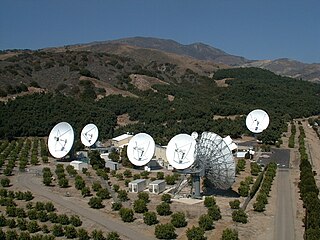 W
WRobert D. Briskman is Technical Executive of Sirius XM Radio.
 W
WMartin "Marty" Cooper is an American engineer. He is a pioneer in the wireless communications industry, especially in radio spectrum management, with eleven patents in the field.
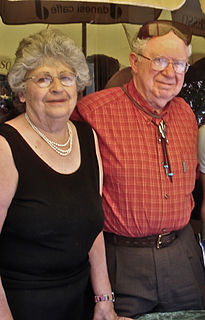 W
WThelma Estrin was an American computer scientist and engineer who did pioneering work in the fields of expert systems and biomedical engineering. She was one of the first to apply computer technology to healthcare and medical research. She was professor emerita in the Department of Computer Science, University of California at Los Angeles.
 W
WThomas Eugene Everhart FREng is an American educator and physicist. His area of expertise is the physics of electron beams. Together with Richard F. M. Thornley he designed the Everhart-Thornley detector. These detectors are still in use in scanning electron microscopes, even though the first such detector was made available as early as 1956.
 W
WRobert Gray Gallager is an American electrical engineer known for his work on information theory and communications networks. He was elected an IEEE Fellow in 1968, a member of the National Academy of Engineering (NAE) in 1979, a member of the National Academy of Sciences (NAS) in 1992, a Fellow of the American Academy of Arts and Sciences (AAAS) in 1999. He received the Claude E. Shannon Award from the IEEE Information Theory Society in 1983. He also received the IEEE Centennial Medal in 1984, the IEEE Medal of Honor in 1990 "For fundamental contributions to communications coding techniques", the Marconi Prize in 2003, and a Dijkstra Prize in 2004, among other honors. For most of his career he was a professor of electrical engineering and computer science at the Massachusetts Institute of Technology.
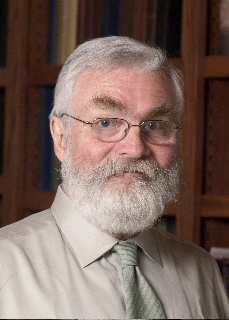 W
WRobert M. Gray is an American information theorist, and the Alcatel-Lucent Professor of Electrical Engineering at Stanford University in Palo Alto, California. He is best known for his contributions to quantization and compression, particularly the development of vector quantization.
 W
WIrving "Al" Gross, a.k.a. Al Gross was a pioneer in mobile wireless communication. He created and patented many communications devices, specifically in relation to an early version of the walkie-talkie, Citizens' Band radio, the telephone pager and the cordless telephone.
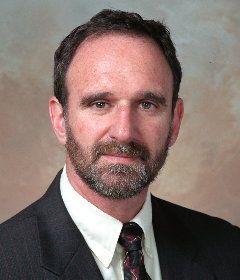 W
WMartin Edward Hellman is an American cryptologist, best known for his invention of public key cryptography in cooperation with Whitfield Diffie and Ralph Merkle. Hellman is a longtime contributor to the computer privacy debate, has applied risk analysis to a potential failure of nuclear deterrence, and in 2016 wrote a book with his wife, Dorothie Hellman, that links creating love at home to bringing peace to the planet.
 W
WRudolf Emil Kálmán was an Hungarian-American electrical engineer, mathematician, and inventor. He is most noted for his co-invention and development of the Kalman filter, a mathematical algorithm that is widely used in signal processing, control systems, and guidance, navigation and control. For this work, U.S. President Barack Obama awarded Kálmán the National Medal of Science on October 7, 2009.
 W
WJack St. Clair Kilby was an American electrical engineer who took part in the realization of the first integrated circuit while working at Texas Instruments (TI) in 1958. He was awarded the Nobel Prize in Physics on December 10, 2000.
 W
WAnthony N. Michel, a life fellow of the Institute of Electrical and Electronics Engineers, was an American engineering educator. His expertise was in qualitative analysis of dynamical systems with emphasis on stability theory and applications.
 W
WIrene Carswell Peden is an American engineer who has contributed much to the field of electrical engineering. She is known for being the first American woman scientist to live and work in the interior of the Antarctic, where she developed new methods to analyze the deep glacial ice by studying the effect it has on radio waves.
 W
WDonald Oscar Pederson was an American professor of electrical engineering at the University of California, Berkeley, and one of the designers of SPICE, a simulator for integrated circuits that has been universally used as a teaching tool and in the everyday work of circuits engineers. The IEEE Donald O. Pederson Award in Solid-State Circuits is named in his honor.
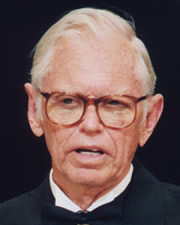 W
WWilliam Wesley Peterson was an American mathematician and computer scientist. He was best known for designing the cyclic redundancy check (CRC), for which research he was awarded the Japan Prize in 1999.
 W
WAndries "Andy" van Dam is a Dutch-American professor of computer science and former vice-president for research at Brown University in Providence, Rhode Island. Together with Ted Nelson he contributed to the first hypertext system, Hypertext Editing System (HES) in the late 1960s. He co-authored Computer Graphics: Principles and Practice along with J.D. Foley, S.K. Feiner, and John Hughes. He also co-founded the precursor of today's ACM SIGGRAPH conference.
 W
WAnastasios (Tas) Venetsanopoulos was a Professor of Electrical and Computer Engineering at Ryerson University in Toronto, Ontario and a Professor Emeritus with the Edward S. Rogers Department of Electrical and Computer Engineering at the University of Toronto. In October 2006, Professor Venetsanopoulos joined Ryerson University and served as the Founding Vice-President of Research and Innovation. His portfolio included oversight of the university’s international activities, research ethics, Office of Research Services, and Office of Innovation and Commercialization. He retired from that position in 2010, but remained a distinguished advisor to the role. Tas Venetsanopoulos continued to actively supervise his research group at the University of Toronto, and was a highly sought-after consultant throughout his career.
 W
WJohn Roy Whinnery was an American electrical engineer and educator who worked in the fields of microwave theory and laser experimentation.